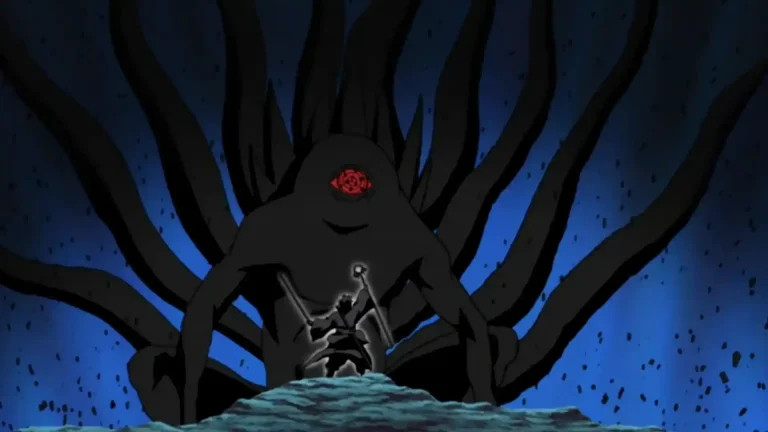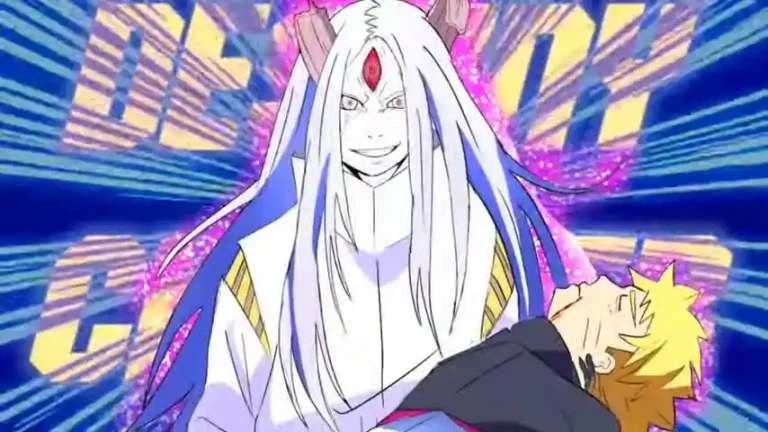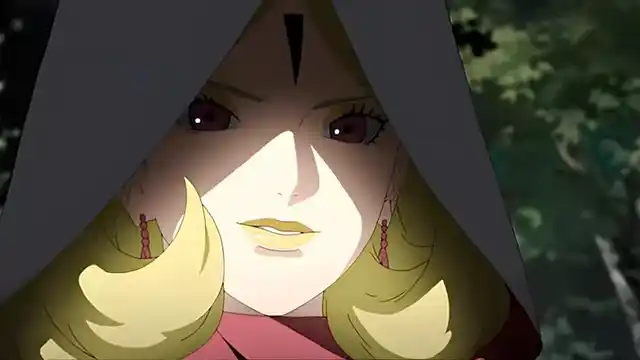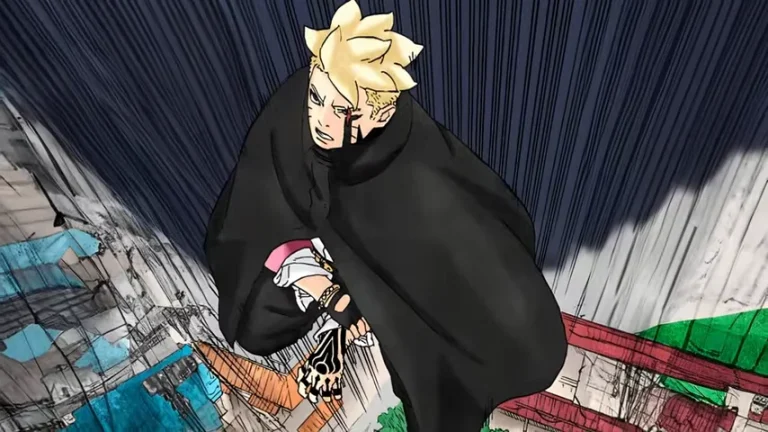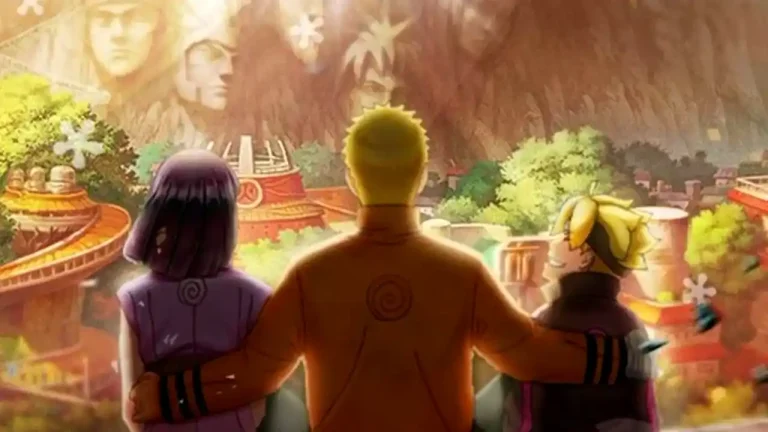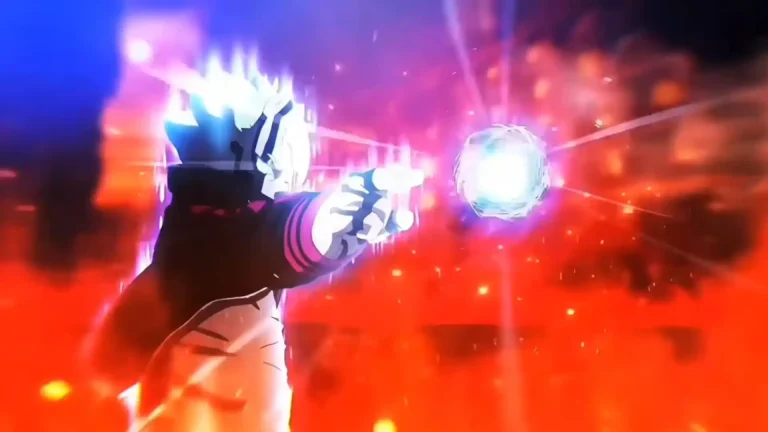Kashin Koji’s Death & Boruto New Power in Two Blue Vortex
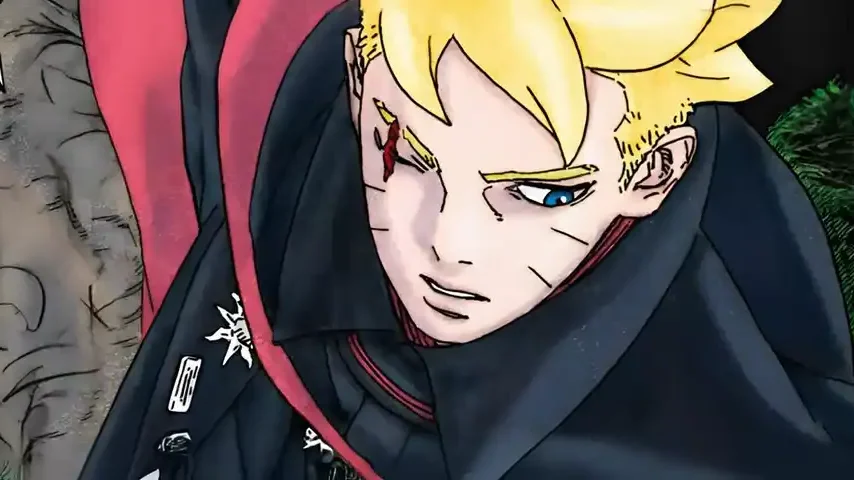
Kashin Koji’s Sacrifice & Boruto’s Future: A Turning Point Revealed
The death of Kashin Koji is directly linked to the fate of Boruto and his Jougan. I believe the chances of Koji surviving are only 10%. I’ve been anticipating Koji’s appearance since 2020 when he tricked Isshiki into thinking he was dead, and I finally awaited his return, but it won’t be for long. And now, let’s dive in.
In Chapter 13, Koji tells Boruto about how he managed to survive and, more importantly, how he could foresee several alternative futures, each dependent on Boruto’s decisions. Koji reveals his unique ability to see all possible outcomes and consider variables, sharing valuable insights with Boruto. He warns him, both verbally and non-verbally: if Boruto chooses the path of saving Sasuke, the consequences will be dire. The non-verbal cue—a grim look from Koji—implies that his death is inevitable unless Boruto decides to kill Kawaki.
Despite Koji opening Boruto’s eyes to the future, Boruto is determined to save his family and avoid turning the situation into a fratricidal war. Koji’s gaze makes it clear: he understands that Boruto won’t give up. In all possible futures, Jūra, Isshiki, or Koji achieve their goals if Boruto dies and Kawaki remains. The weak link here is Kawaki. Boruto could easily defeat him using strategy and shadow clones, but he lacks the resolve. This indecision may ultimately lead to Koji’s tragic fate.
Though we’re still at the beginning of the story, Two Blue Vortex could become a turning point, much like Jiraiya’s sacrifice once was in Naruto. Jiraiya’s death triggered a chain of events, and Koji could serve as a similar catalyst for Boruto’s transformation. The knowledge gained from Koji makes Boruto stronger than any version Koji has seen suffer defeat. But such profound predictions often require sacrifice; otherwise, the plot loses its element of surprise.
Let’s draw parallels with the Marvel film Avengers. During the final battle on Titan against Thanos, Doctor Strange uses the Time Stone to peer into the future, searching for a way to defeat Thanos, who aims to collect all six Infinity Stones and wipe out half of all life in the universe. After “viewing” 14,000,605 possible outcomes, he finds only one where they win.
In Avengers: Endgame, we learn that Strange was right. The loss of the Time Stone and the catastrophe caused by Thanos propel the surviving Avengers into action. They find a way to use the Quantum Realm for time travel to gather the Infinity Stones before Thanos can acquire them. Strange’s actions represent a conscious strategy, where every step matters. He knew that preserving Tony Stark’s life was crucial because he would be able to make the ultimate sacrifice to defeat Thanos. This move illustrates that Doctor Strange understands the importance of each hero on the team and their willingness to risk their lives for others. Essentially, the entire Avengers arc is a story about sacrifice and heroism, where characters overcome personal fears and lose loved ones for the greater good.
Now, let’s imagine how events in Boruto could unfold through this lens. In the role of Doctor Strange is Kashin Koji—an astute and far-sighted character who sees the bigger picture and understands the threat Jūra poses to the world. Koji might foresee future outcomes using Shinjū Shibai Ōtsutsuki. He realizes that direct confrontation with Jūra is futile and envisions a future where there is only one chance for victory: raising Boruto and ultimately sacrificing himself to give Boruto the final part of his power in the form of the Jōugan.
Boruto, much like Tony Stark, bears the burden of great power (in his case, Karma and Momoshiki’s influence). Despite his youth, his fate may be sealed as the one capable of finally stopping Jūra and the Ōtsutsuki. Interestingly, Toneri said just that. Boruto, like Tony Stark, possesses a character inclined toward self-sacrifice for the sake of others, regardless of the fears and consequences it might bring.
Realizing the seriousness of his mission, Boruto ultimately understands that he must use his Karma power, his strength, and even Momoshiki’s power to win. He might even realize that to achieve final victory, he will have to take a significant step or sacrifice his life, just as Tony did. In this scenario, Jūra represents an all-consuming threat seeking absolute power or destruction.
Like Thanos with the Infinity Stones, he is not just a powerful adversary but a symbol of unstoppable chaos that ordinary shinobi cannot combat. In a sense, Jūra embodies the idea that humanity or shinobi must follow a certain fate or perish for something greater. Like Thanos, Jūra acts according to his logic, believing he is doing what is necessary.
In the end, it seems that Kashin Koji, much like Strange, understands that he must one day pass the mission to Boruto, as he is the only one with a chance of victory. Koji knew about the potential of Karma and Momoshiki’s influence and understood that Boruto is a key figure in defeating Jūra. His efforts to support and prepare Boruto could be essential for Boruto to harness his strength at a crucial moment and save everyone. Such a development in Boruto could showcase how each character acts in their own way, but for a unified purpose.
Koji’s sacrifice could become a pivotal part of this story, allowing Boruto to grow as a character and become who he is destined to be—a hero capable of facing any challenge. And, of course, Koji’s death would serve as a legendary callback to Jiraiya, whose demise was a significant turning point for Naruto, making him stronger. It’s after Koji’s death that the Jōugan will emerge. I believe it will protect Boruto, after which Boruto will find himself on the brink of death, leading to the appearance of both Momoshiki, the Jōugan, and Shinjutsu.

